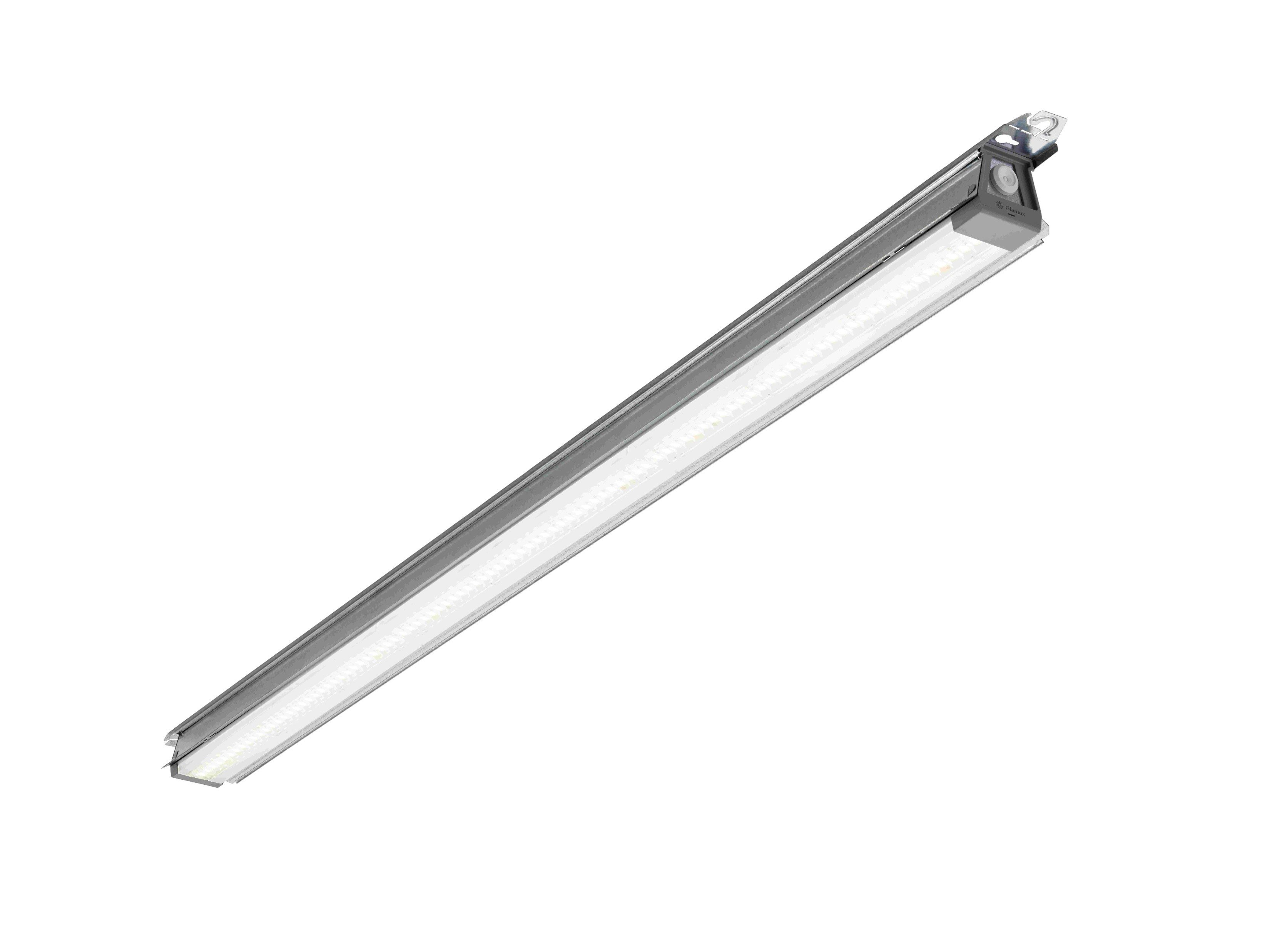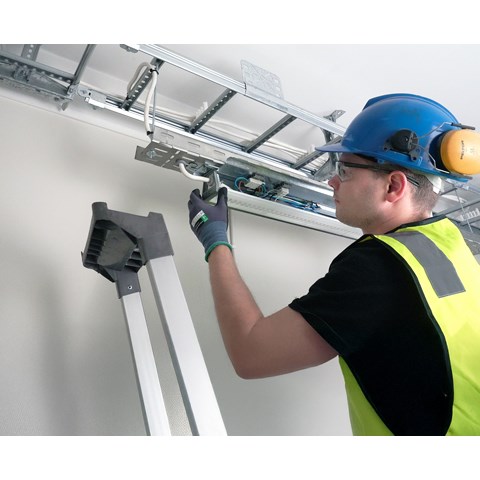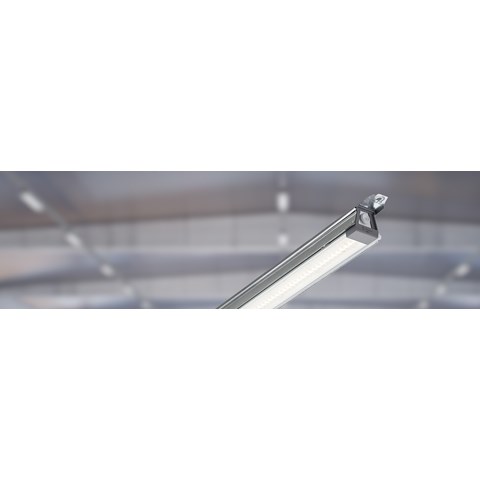Glamox has launched its most sustainable luminaire yet for warehouses, production plants, and high-ceiling spaces. The Glamox i10 G2 luminaire not only consumes 20% less electricity than its first-generation LED predecessor but also utilises recycled materials in its construction and packaging.
The second-generation i10 is a family of durable luminaires designed with sustainability and circular economy principles in mind. It uses 26% less material than the first generation and features 100% post-recycled plastics in its end caps and 20% recycled steel in its body. It has a lighter, slimmer profile that doubles the number of pieces loadable onto a pallet, thereby halving CO₂ emissions during transportation. This lighter, slimmer profile also makes it easier to mount.

“Making a luminaire that's more energy efficient than its predecessor is not enough. We examined the entire life cycle of the product, from raw materials to manufacturing and transportation, and from its usage phase through to its end of life and recycling. Improvements at various stages have significantly reduced its carbon footprint. That’s something we’re proud of,” said Knut Rusten, Chief Sales & Commercial Officer for Glamox’s Professional Building Solutions division.
“Sustainability is not a fluffy nice-to-have; it is core to our business strategy”
The i10 G2 luminaire features a replaceable LED module and driver to prolong its life and is highly recyclable, resulting in a further 3.1 kg CO₂ reduction due to the recyclability of its materials. Like most of Glamox’s products, the i10 G2 includes an Environmental Product Declaration (EPD), an independently verified document that reports the product’s quantifiable environmental impacts throughout its entire life cycle, from raw material extraction to end-of-life. It also uses recycled cardboard for its packaging.
“We are committed to making our products and operations as sustainable as we can. Sustainability is not a fluffy nice-to-have; it is core to our business strategy. Our company plans to achieve net-zero operations by 2030, and last year the Science Based Targets Initiative approved our plans to be a net-zero company by 2045,” said Rusten.
,(0.5,0.4360687,1,0.8721374)&format=jpg)
,(0.5,0.5,1,1)&format=jpg)